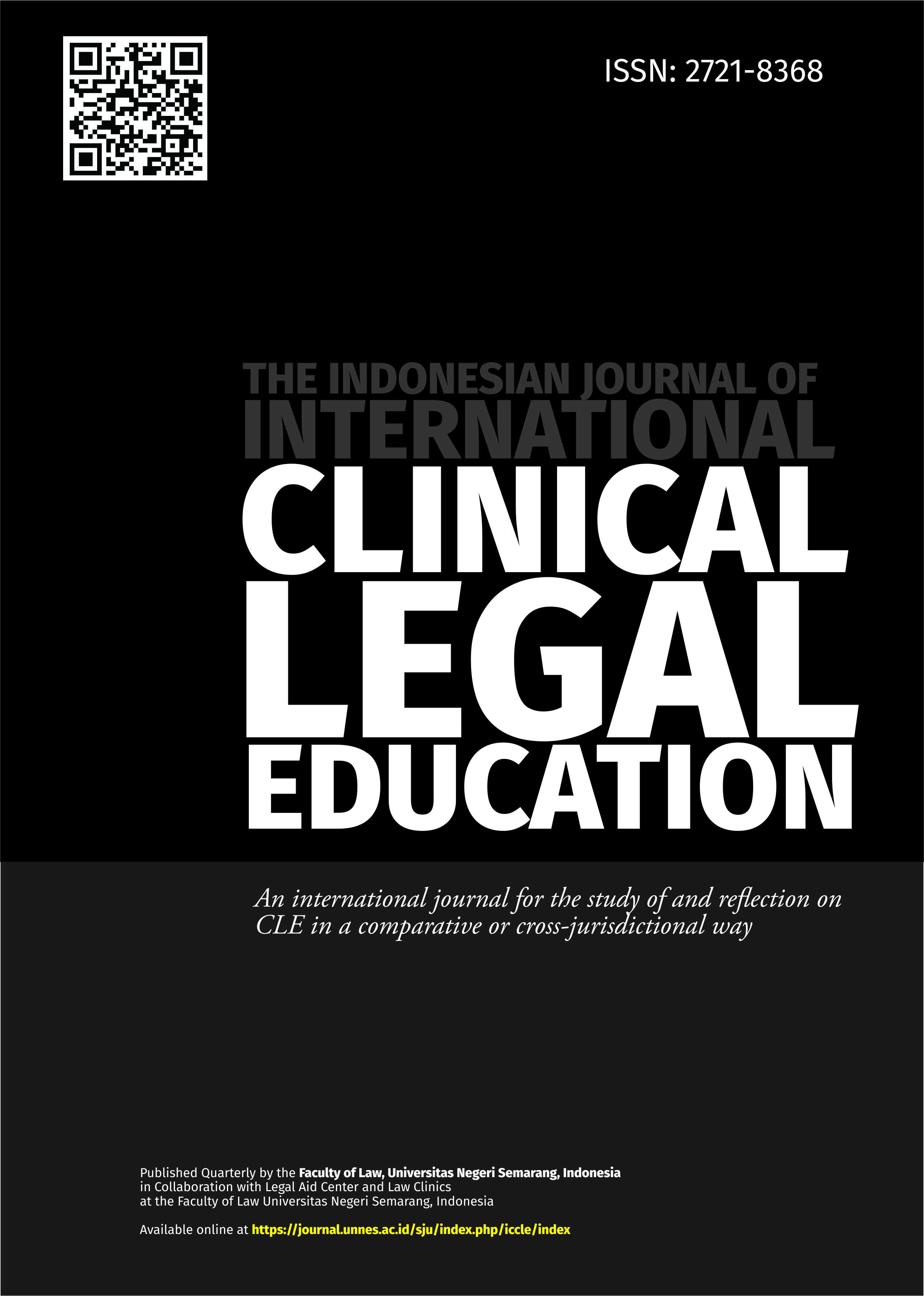Collective Violence and Social Disintegration: A Study of Mass Violence as a Trigger off Crime and The Loss of Social Values in Society
Main Article Content
Abstract
This study delves into the intricate interplay between collective violence and social disintegration, examining the repercussions of mass violence as a trigger for heightened criminal activities and the erosion of societal values. Through a comprehensive analysis of historical and contemporary instances of collective violence, the research aims to unravel the complex mechanisms that link such events to an increase in criminal behavior and the gradual breakdown of fundamental social norms. The investigation explores psychological, sociological, and economic dimensions to illuminate the multifaceted impact of collective violence on the fabric of society. The study endeavors to uncover how these violent events contribute to a loss of trust, exacerbate socio-economic disparities, and foster an environment conducive to criminality. By understanding these dynamics, the research seeks to provide valuable insights for policymakers, law enforcement, and community leaders. These insights can inform the development of effective strategies to mitigate the impact of mass violence on crime rates and work towards the preservation of foundational values that underpin social cohesion.
Article Details

This work is licensed under a Creative Commons Attribution-ShareAlike 4.0 International License.
The copyrights of the article in Indonesian J. Int'l Clinical Leg. Educ. is on the Author(s), however, before publishing, it is required to obtain written confirmation from Author(s) in order to ensure the originality (Author Statement of Originality). The statement is to be signed by at least one of the authors who have obtained the assent of the co-author(s) where applicable. This work licensed under a Creative Commons Attribution-ShareAlike 4.0 International (CC BY-SA 4.0). All writings published in this journal are personal views of the authors and do not represent the views of this journal and the author's affiliated institutions.
References
Barnen, A, et.al, 1980, “Urban Homicide: Some Recent Development”, Journal of Criminal Justice, Vol 8. No. 6, 1980.
Blumer, H, 1957, “Collective Behavior”, dalam J.B. Gitter (ed), Review of Sociology: Analisis of Decade, New York: John Wiley & Sons.
Boulding, K, 1962, Conflict and Defence: A General Theory, New
Box, S, 1981, Deviance Reality and Society, London: Holt, Rinehart & Winston.
Clinard, Marshall B, 1976, “Comparative Criminology and Developing Countries, In C.W.G. Jasperse, et.al, (eds), Criminology Between The Rule of Law and The Outlaw, Kluwer Deventer.
Cohen, A.K, 1951, “Juvenile Delinquency and The Social Structure”, Ph.D Thesis, Harvard University.
Cohen, L.E. dan M. Felson. 1979, “Social Change and Crime Rate Trends: A Routine Activity Approach”, American Sociological Review, 44,588-608.
Collins J.J, 1983, “Can Criminologists Measure Deterrence”, Security Management, June: 73-74.
Dahrendorf, R, 1959, Class and Class Conflict in Industrial Society, Stanford: Stanford University Press.
Darmaputera, Eka, 1997, Pancasila: Identitas dan Modernitas, Tinjauan Etis dan Budaya, Jakarta: BPK. Gunung Mulia.
Granovetter, M, 1978, “Threshold Models of Colective Behavior”, American Journal of Sociology. 96:1117-1150.
Habermas, Jurgen, 1984, The Theory of Communicative Action, Reason, and Rationazation of Society, Vol.1 Boston: Beacon Press.
Hardiman, F. Budi, 1993, Menuju Masyarakat Komunikatif, Yogyakarta: Kanisius.
Hardin, R, 1982, Collective Action, Baltimor: Johns Hopkins University.
Hirschi, T, 1969, Causes of Delinquency, Berkely: University of California Press.
Kitsuse, J.I, 1962, “Societal Reaction to Deviant Behavior: Problem of Theory and Method”, Social Problem. 11:131-139.
Kriesberg, L, 1973, The Sociology of Social Conflict, Englewood Cliffs, N.J., Prentice-Hall, Inc.
Kusumah, M.W, 1982, Analisis Kriminologi Tentang Kejahatan-kejahatan Kekerasan, Jakarta: Ghalia Indonesia.
Kusumah, M.W, 1981, Aneka Permasalahan Dalam Ruang Lingkup Kriminologi, Bandung: Alumni.
Lang, K, and G.E. Lang, 1961, Collective Dinamics, New York: Crowell.
Lang, K, and G.E. Lang, 1968, “Collective Behavior”, International Encyclopedia of The Social Science, Crowell Collier & Macmillan, Inc.
Lemert, E.M, 1951, Social Pathology, New York: McGraw-Hill.
Mannheim, H. 1965, Comparative Criminology, Vol.2. London: Routledge & Kegan Paul.
Mayer, E.K, 1983, “Violence” dalam Stanford H. Kadish (ed), Encyclopedia of Crime and Justice, Vol. 4, New York: The Free Press.
Muller E.N. & K.Opp, 1986, “Rational Choice and Rebellious Collective Action”, American Political Science Review, 80: 471-487.
Nisbet, R.A, 1961, “The Study of Social Problem”, in R.K. Merton
Olson, M, The Logic of Collective Action, Cambridge: Harvard University Press.
Parsons Talcott, 1951, The Social System, New York: The Free Press.
Quinney, R, 1974, Criminology: Analysis and Critique of Crime in The
R.A. Nisbet, Contemporary Social Problems, New York: Harcourt, Brace & World, Inc.
Raharjo, M. Dawam, 1981, “Pembangunan dan Kekerasan Struktural”, Prisma, 3 (1981).
Roche, de la R, 1996, “Collective Violence as Social Control”, Sociological Forum, Vol. 11. No. 1, hal. 97-123.
Rule, J.B, 1988, Theories of Civil Violence, Berkeley: University of California Press.
Short Jr, J.F, 1974, “Collective Behavior, Crime, and Delinquency”, In Daniel Glaser (ed), Handbook of Criminology, Chicago: Rand McNally College Publishing Co, hal 403-449.
Smelser, N.J, 1962, Theory of Collective Behavior, New York: The Free Press.
Steeman, T.M, 1973, “Religious Pluralism and National Integration”, Ph.D Disertation, Harvard University.
Sutherland, E.H, 1947, Principles of Criminology, Philadelphia: J.B.
Tannenbaum, F, 1938, Crime and The Criminology, Boston: Ginn.
Tanya, B.L. 2001, “Meretas Konsep Integrasi Nasional”, Makalah pada Dialog Antar-Generasi, yang diselenggarakan oleh KNPI Jawa Timu dan Bali di Surabaya 20 Oktober 2001.
Tilly, C, 1966, From Mobilization to Revolution, New York: Random House.
Turner, R.H, dan L.M. Killian, Collective Behavior, Englewood Cliffs, N.J: Pretince-Hall.
Utari, Indah Sri, 2012 Aliran dan Teori dalam Kriminologi, Yogyakarta: Thafa Media
Weber, Max, 1977, The Theory of Social and Economic Organization, New York: Oxford University Press.
Wolfgang, M.E, et. al, 1970, The Sociology of Crime and Delinquency, New York: John Wiley & Sons.
Wolfgang, M.E, and F. Ferracuti, 1967, The Sub-Culture of Violence: Toward an Integrated Theory in Criminology, New York: John Wiley & Sons.
